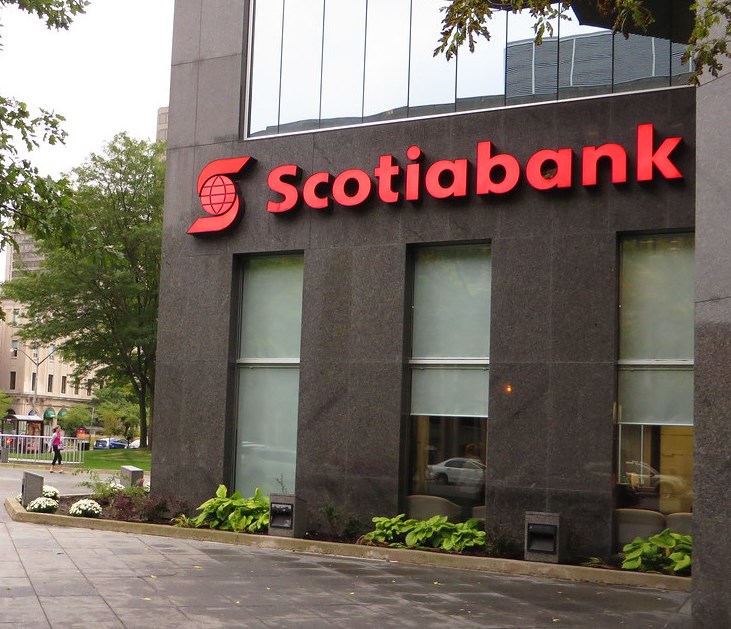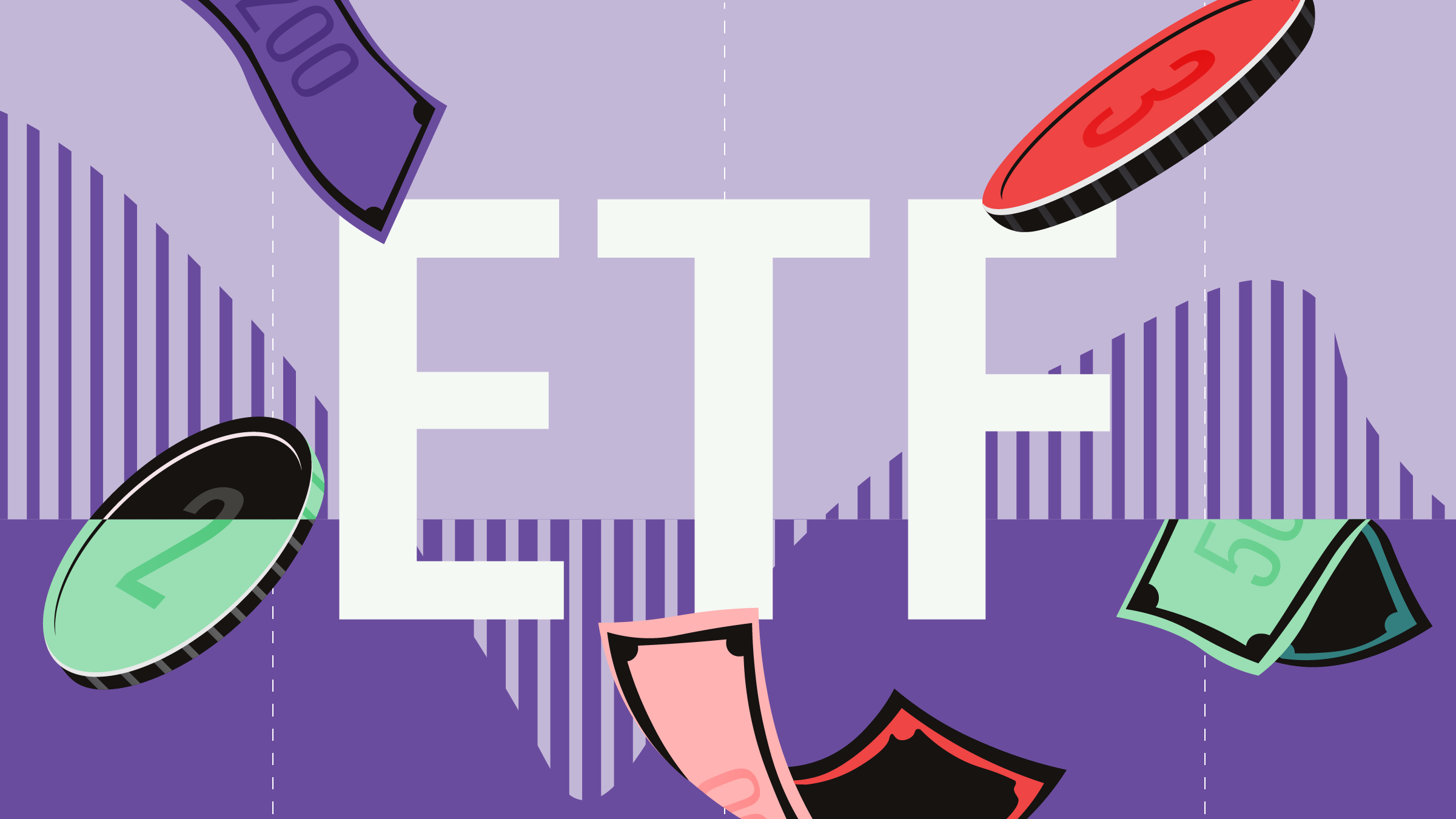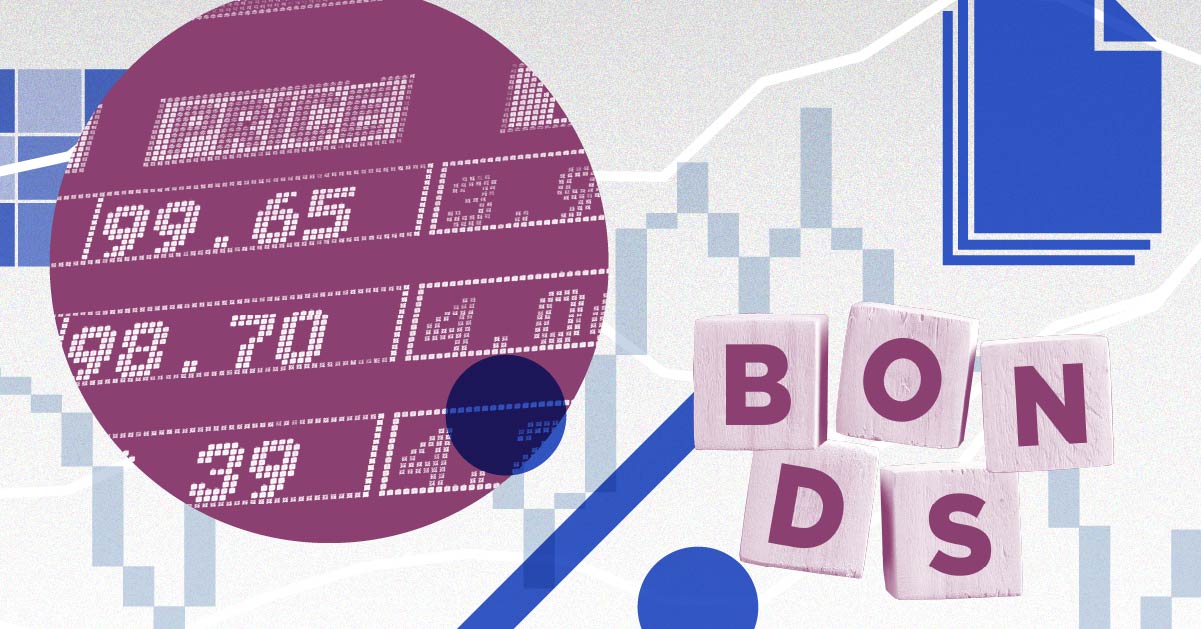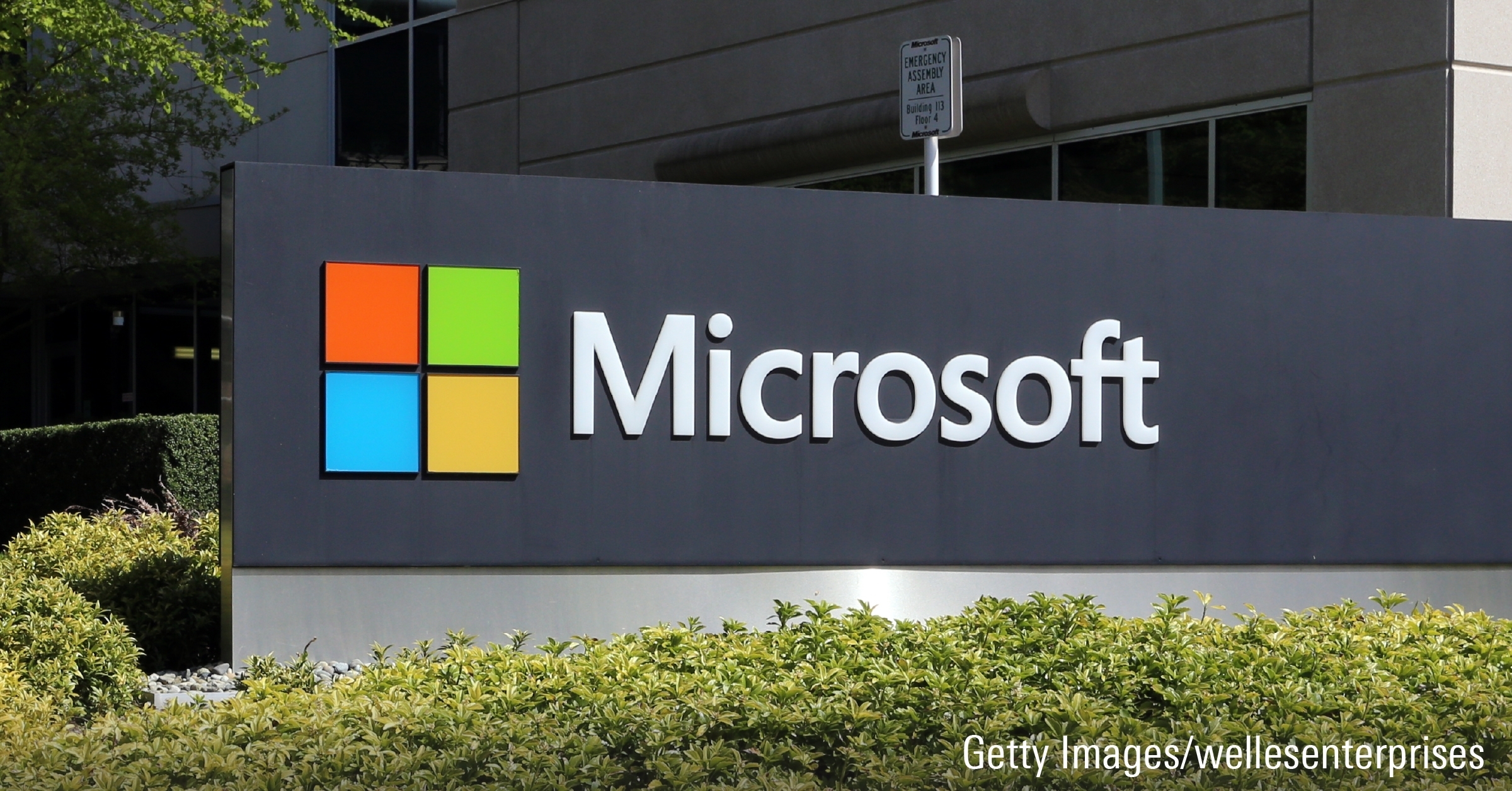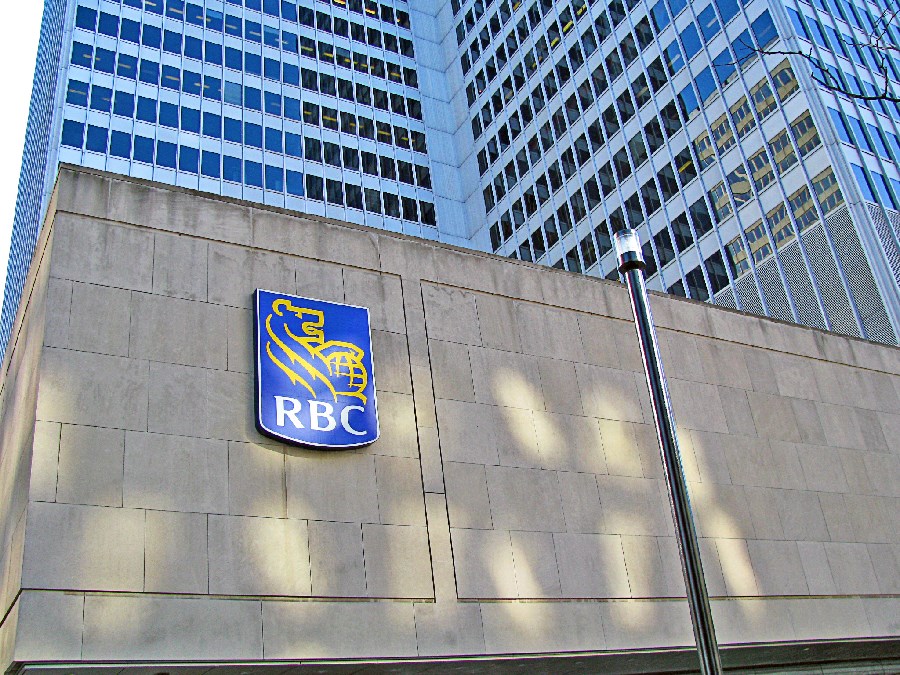
Wide-moat Royal Bank of Canada (RY) reported decent fiscal second-quarter results, all things considered. The economic strain of COVID-19-related shutdowns weighed on results with provisioning up significantly, coming in at $2.8 billion versus a more normal range of $300 million-$500 million. This was the biggest factor driving the year-over-year decline in EPS of 55% to $1.00. So far, Canadian banks have reported year-over-year EPS drops of 39% to 55%--on the worse end of the spectrum.
One reason for seemingly worse results is RBC’s larger insurance exposure, and the net change in the fair value of insurance liabilities helped drive revenue down 10% compared with positive revenue growth for some peers. Excluding the change in insurance costs, revenue was up 2% year over year. Its common equity Tier 1 ratio remained fairly strong, dropping only to 11.7% from 12% last quarter. We’ll note the drop was disproportionately influenced by risk-weighted asset growth. While we expect some additional risk weighted asset growth to occur as credits move from lower-risk to higher-risk categories, the strain from excess balance sheet growth should abate.
The big questions for all the banks today are how big will credit costs become and if the banks have enough profitability and capital to absorb these costs. Based on current results, we believe the answer is that RBC is well positioned to deal with the current downturn. Management commented on its internal stress tests, and under almost all scenarios it expects the bank to remain above a 10% common equity Tier 1 ratio, while under the most severe scenarios (our impression is that the most severe scenarios involved unemployment remaining above 10% for years and GDP falling 18%-20% and staying depressed for years) the common equity Tier 1 ratio would still remain above the current regulatory minimum of 9%. After updating our models for these results, we are increasing our fair value estimate to $112.
Expenses were a bright spot for the bank, as expenses were flat despite some elevated COVID-19-related spend. Management hinted that with more customers displaying a preference for digital banking, there could be more room for future expense savings. Royal Bank of Canada’s exposures to COVID-19-affected industries looks manageable, with the disclosed balances equaling roughly 5.4% of total loans. Energy exposures also look manageable with exposures at 1.3% of total loans. Management believes the bank hit the high point for provisioning in the current quarter, although obviously there is a lot of uncertainty when it comes to predicting future credit costs.





